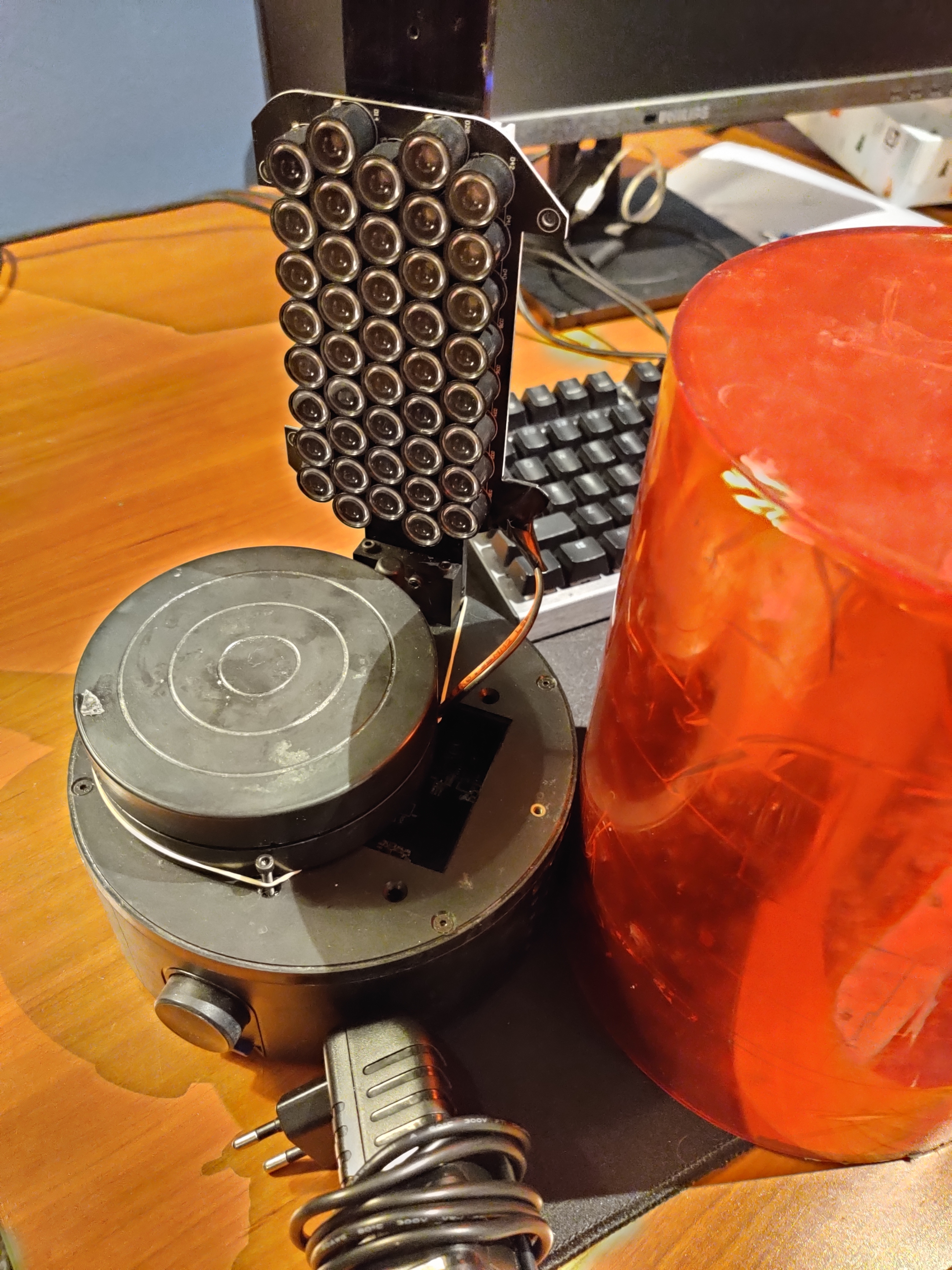If you can truly afford resin printing and all the waste and resources and safety equipment required, you can afford a wash and cure station. Use the right tool for the job.
3DPrinting
3DPrinting is a place where makers of all skill levels and walks of life can learn about and discuss 3D printing and development of 3D printed parts and devices.
The r/functionalprint community is now located at: !functionalprint@kbin.social or !functionalprint@fedia.io
There are CAD communities available at: !cad@lemmy.world or !freecad@lemmy.ml
Rules
-
No bigotry - including racism, sexism, ableism, homophobia, transphobia, or xenophobia. Code of Conduct.
-
Be respectful, especially when disagreeing. Everyone should feel welcome here.
-
No porn (NSFW prints are acceptable but must be marked NSFW)
-
No Ads / Spamming / Guerrilla Marketing
-
Do not create links to reddit
-
If you see an issue please flag it
-
No guns
-
No injury gore posts
If you need an easy way to host pictures, https://catbox.moe may be an option. Be ethical about what you post and donate if you are able or use this a lot. It is just an individual hosting content, not a company. The image embedding syntax for Lemmy is 
Moderation policy: Light, mostly invisible
also you risk some droplets of resin, or even the print itself, sticking to the LCD and damaging it. Than you'll spend money buying another LCD on top of the station.
That was the first thing I thought of. Not worth the risk to such a sensitive piece of equipment.
The main issue I see with that is uneven curing. Since the UV is only on the bottom, it would only cure where the UV can hit it. I suppose it might be possible if you manually turned the print to cure every angle, but I imagine this still wouldn't cure evenly.
Yeah I was about to post the same. I actually modified my old printer (sparkmaker) to be my curing box. To solve the turning issue I put the LED panel upright by strapping it to the Z linear rail, chopped short the Z lead-screw and attached a lazy Suzan to that screw.
Edit: photo of my monstrosity

Notwithstanding part lifetimes, I don't think you'll get even enough -- or even enough in general -- UV exposure to produce satisfactory results. Also, while you're doing this you won't be able to use your printer for anything else.
I think buying or rigging a curing box will be significantly less irritating. And probably cheaper in the long run, too.
The easiest turn table is a microwave oven's motor for a low speed, mains powered device. You can likely find one on the curb for free depending on where you live.
I haven't tried with resin, but when I'm using photoresist to etch my own circuit boards, I use the sun because It is effortlessly fast. However I also have a fingernail polish curing stand. These are a cheap option for a decent UV curing lamp. If you use the Sun be sure it is a completely clear day at around solar noon if consistency matters. Even light clouds can cause weird refractive inconsistencies in my experience.
The screens generally have a short life in resin printers. I wouldn't use it for this.
Just feel like this needs to be said, if you have any intention of opening up a microwave oven, know that just touching certain parts can kill you even if it's been off for a while
Thanks.
If you are looking for a home-brew solution, I'd get a UV bar light and a lazy Susan. Make sure you wear gloves and eye protection when using.
Alternatively there are cure stations on the market. I use the elegoo wash and cure station (Mercury, I think they call it?)
Wouldn't the problem be that you'd still have to remove the print, wash it, empty the vat, clean the vat & build plate and only then could you put the print back in and then fire up the UV. Meanwhile you won't be using the printer for anything else. Maybe it's easier to just buy something that can wash & cure separate to the printer or leave the print out in the sun to cure.
The LCD panels that typical resin printers use do have an expected lifespan. I wouldn't advise eating into that just for post-curing prints.
I'd think the LCD isn't used at all here, as it's left fully transparent
Doesn't the LCD just black out the pixels that shouldn't be exposed to the UV light?
Haven't tried to use the printer for curing. I built my own curing box using a decommissioned microwave, some spare wood and mirrors, and a rather powerful UV source.
I guess you could build yourself a mirror box to hold the object and place it on the printer instead of using a separate UV source.
The printer should be able to handle the generated heat, so I don't think you'll see increased wear.
Tbf it's not worth the risk of damaging your LCD and the pain of having to change it